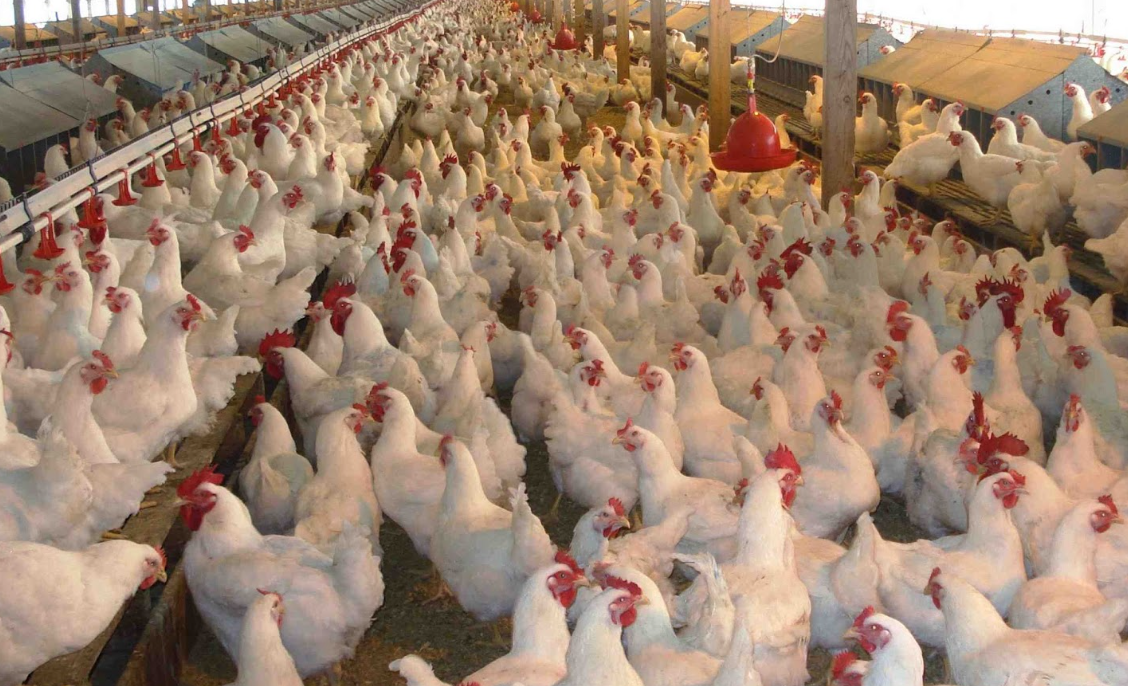Does lighting affect chickens
Does lighting affect chickens

1. Physiological and Circadian Regulation
Melatonin Synthesis:
Light exposure (especially blue/green wavelengths) suppresses melatonin production by inhibiting N-acetyltransferase activity in the pineal gland, regulating circadian rhythms.
Green light (~500 nm) stabilizes biological rhythms and reduces stress biomarkers (e.g., corticosterone).
Continuous lighting disrupts melatonin cycles, increasing stress and fear responses compared to light-dark cycles (e.g., 16L:8D).
2. Productivity and Growth
Light Color
Red Light (630–700 nm):
Accelerates sexual maturity in layers, boosting early egg production.
Enhances feeding activity in broilers but may increase aggression if overused.
Blue Light (450–495 nm):
Delays sexual maturity in layers but improves eggshell thickness and immune response.
Under continuous schedules, reduces bacterial load in broiler houses.
Green Light (500–570 nm):
Promotes muscle growth and satellite cell proliferation in broilers, enhancing post-hatch development.
Light Intensity and Type
LED Lighting:
Cool white LEDs (5000K) outperform warm white (2700K) in weight gain and feed conversion efficiency.
Dimming capabilities allow gradual transitions, reducing stress during photoperiod changes.
3. Behavior and Welfare
Intermittent Lighting (e.g., 1L:3D cycles):
Reduces leg bone asymmetry and footpad lesions in broilers.
Lowers stress markers (e.g., heterophil-to-lymphocyte ratio) compared to continuous lighting.
Activity Preferences:
Chickens prefer ≥20 lux in feeding zones for optimal activity but thrive in 1–2 lux in resting areas to mimic natural low-light behavior.
4. Health and Stress
Continuous Lighting Risks:
Increases skeletal abnormalities (e.g., tibial dyschondroplasia) and oxidative stress.
Linked to elevated intraocular pressure and eye disorders in broilers.
Stress Mitigation:
Green LED Light: Reduces intraocular pressure and aggression.
Intermittent/Dimmed Lighting: Improves leg health and lowers fear responses.
5. Practical Recommendations
For Layers:
Use 14–16 hours of light daily with blue or green LEDs (15 lux) to balance egg production and shell quality.
Avoid abrupt photoperiod changes; adjust gradually (±15 minutes weekly).
For Broilers:
Start with 23L:1D (10–20 lux cool white LED) for chicks, transitioning to 18L:6D with intermittent cycles (e.g., 17L:3D:1L:3D).
Resting zones: 1–2 lux warm LEDs (2000–3000K).
6. Related Product

_thumb.jpg)